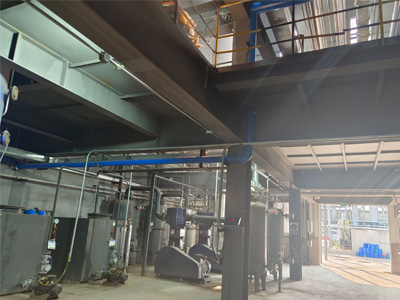coagulation and flocculation
Coagulation and Flocculation Key Processes in Water Treatment
Water treatment is a critical process in ensuring that the water we consume is safe and free from harmful contaminants. One of the essential techniques employed in this field is coagulation and flocculation, which are fundamental steps in the removal of suspended particles and impurities from water. This article will explore these processes, their mechanisms, and their vital role in purifying water for human consumption and other uses.
Understanding Coagulation and Flocculation
Coagulation and flocculation are chemical and physical processes that work in tandem to remove suspended solids from water. Coagulation is the first step, where coagulants—substances like alum (aluminum sulfate) or ferric chloride—are added to the water. These coagulants neutralize the charges on suspended particles, facilitating their aggregation. When the particles collide, they begin to stick together, forming larger aggregates known as flocs.
Flocculation follows coagulation. During this stage, a gentle mixing or stirring is applied to promote the formation of larger clumps of particles. This mechanical action allows the tiny flocs to collide and bond, resulting in bigger aggregates that can be easily removed from the water through sedimentation or filtration. The process of flocculation is crucial as it enhances the efficiency of sedimentation, making it easier to settle the particles and achieve clearer water.
The Mechanisms Involved
The mechanisms of coagulation and flocculation involve several scientific principles, primarily related to chemistry and physics. When coagulants are added to water, they dissociate to release positively charged ions. These ions then neutralize the negatively charged surface of the suspended particles, which typically repel each other. Once neutralized, the particles can collide and form aggregates.
The process of flocculation relies on the slow mixing of water, allowing the tiny flocs to grow by adhering to one another. This process can be further optimized by adjusting the mixing speed, duration, and the type and concentration of coagulants used. Additionally, the water's pH and temperature can significantly impact the effectiveness of coagulation and flocculation, necessitating careful monitoring and control.
coagulation and flocculation

Applications in Water Treatment
Coagulation and flocculation are widely used in various water treatment applications, including municipal water supply, wastewater treatment, and industrial processes. In municipal water treatment, these processes are crucial for removing turbidity and pathogens, ensuring that water is safe for drinking. Suspended solids can harbor bacteria and viruses, making their removal essential to public health.
In wastewater treatment, coagulation and flocculation help eliminate organic matter, sediment, and chemical pollutants before the water is released back into the environment. This process ensures that the water meets regulatory standards, protecting ecosystems and human health. Furthermore, in industrial applications, such as paper production and oil refining, coagulation and flocculation assist in separating impurities from products, improving efficiency and quality.
Challenges and Innovations
Despite their effectiveness, coagulation and flocculation processes face several challenges. The selection of appropriate coagulants is crucial, as varied water chemistries can influence efficiency. Additionally, the generation of sludge—waste material formed during the treatment process—can pose disposal challenges.
Innovations in this area aim to improve the sustainability and effectiveness of coagulation and flocculation. Researchers are exploring alternative coagulants, such as natural polymers and biodegradable materials, to lessen environmental impacts. Advances in monitoring technology also enable real-time adjustments to treatment processes, enhancing efficiency and reducing chemical usage.
Conclusion
Coagulation and flocculation play vital roles in the water treatment industry, ensuring that our water supply remains safe and clean. As technologies evolve and new materials are developed, these processes will continue to adapt, meeting the challenges of water purification in a growing world. Understanding and optimizing coagulation and flocculation are essential steps toward improved water quality and environmental sustainability.
-
Pbtc Scale InhibitorPBTC: A Scale Protector for Industrial Water TreatmentNewsAug.05,2025
-
Organic Phosphonate: An Efficient Defender in the Field of Scale InhibitionNewsAug.05,2025
-
Hydrolyzed Polymaleic Anhydride: Green Pioneer in Scale Inhibition FieldNewsAug.05,2025
-
PAPEMP Polyamino Polyether Methylene Phosphonic Acid For SaleNewsAug.05,2025
-
Flocculant Water Treatment: A Pioneer in Purification in the Field of Water TreatmentNewsAug.05,2025
-
Benzyl Isothiazolinone: An Efficient and Broad-Spectrum Antibacterial Protective GuardNewsAug.05,2025





